Question:1
When driving in reverse:
Category : Safety
Question:2
Driving behind the heavy vehicle in the given road conditions, obligate you to:
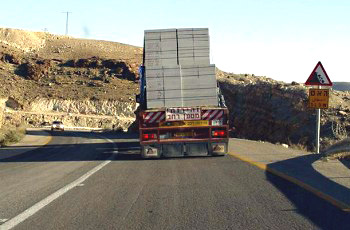
Category : Safety
Question:3
Is it enough to signal only when you begin to drive?
Category : Safety
Question:4
Driving at dark with the high beam turned on might:
Category : Safety
Question:5
What is the imminent danger when a vehicle skids whilst driving?
Category : Safety
Question:6
How would you conduct yourself according to the picture:
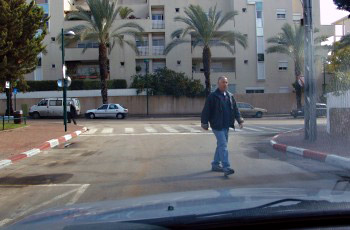
Category : Safety
Question:7
The white vehicle’s driver is merging into traffic. how would you behave?
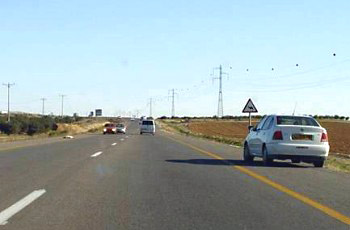
Category : Safety
Question:8
How can you avoid frontal collision while driving on a narrow and winding mountain road?
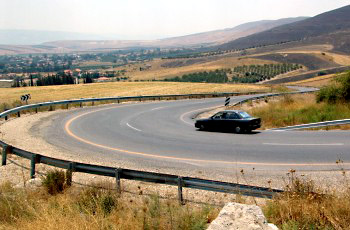
Category : Safety
Question:9
Non adjusted headlights:
Category : Safety
Question:10
What is the risk in shifting gears while driving a heavy vehicle down a steep descent?
Category : Safety
Question:11
What risks should be taken into account on the following roadway?
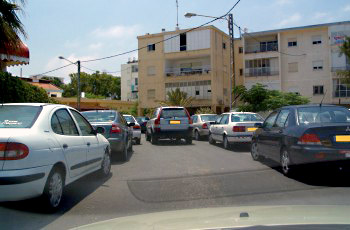
Category : Safety
Question:12
What is the distance we are required to keep from the vehicle in front of us while driving?
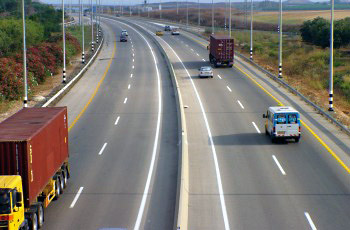
Category : Safety
Question:13
After connecting a trailer to a towing vehicle or to a truck, is it required to check brake response?
Category : Safety
Question:14
The auxiliary (parking/hand) brake is used by the driver:
Category : Safety
Question:15
In the following picture, the response of the drivers to the vehicle that comes out of parking is unclear. How is the truck driver required to respond to this situation?
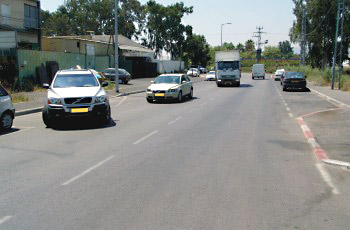
Category : Safety
Question:16
“Drinking alcohol has an adverse effect on eyesight”: Correct or incorrect?
Category : Safety
Question:17
Which factors affect the driver’s decision to shift to higher or lower gear?
Category : Safety
Question:18
What should you do to reduce the effect of dazzle (blinding) during the dark?
Category : Safety
Question:19
Can unprescribed medications have a negative effect on driving?
Category : Safety
Question:20
What are the elements that contribute to vehicle skidding?
Category : Safety
Question:21
How would you conduct yourself under the situation that is depicted in the following picture?
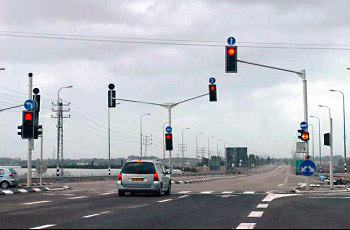
Category : Safety
Question:22
How can we avoid danger when we start driving and when we merge with traffic?
Category : Safety
Question:23
When spending time in a club (pub):
Category : Safety
Question:24
What effective solution for tiredness is available to the driver?
Category : Safety
Question:25
What is a driver always required to do when another vehicle “sits on his tail”?
Category : Safety
Question:26
What is the first thing you need to do after entering the vehicle and before starting to drive?
Category : Safety
Question:27
What are the components of the stopping distance?
Category : Safety
Question:28
What measure is it important to take before stepping on the brake pedal in order to slow down or to stop?
Category : Safety
Question:29
What are we required to see in the outer side mirrors of the vehicle?
Category : Safety
Question:30
What are the dangers of driving continuously for many hours?
Category : Safety

